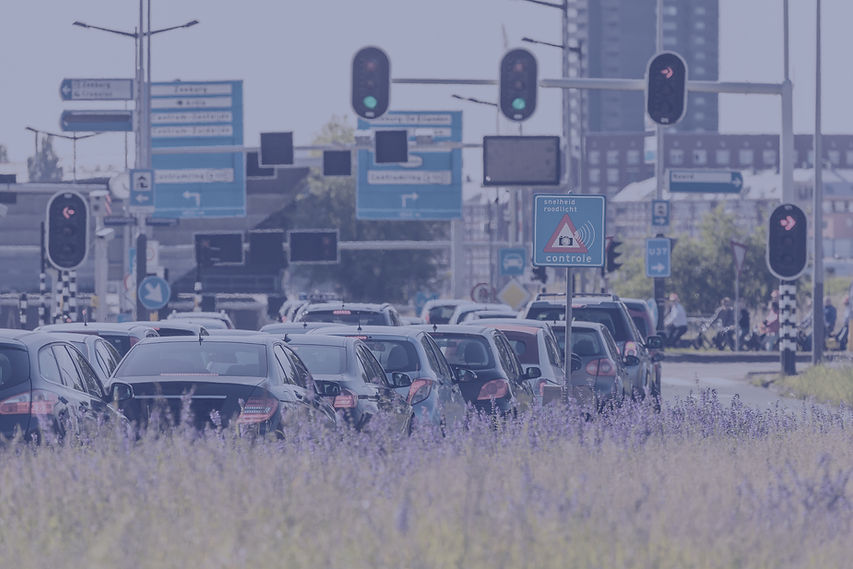Incident
Detects anomalous and dangerous situations on the roads, such as vehicles driving on the wrong side of the road, stationary vehicles, U-turns, lane changes, queues and pedestrians in forbidden zones.
Provides real-time alerts relating to vehicles being in zones that are not permitted, such as pedestrian walkways, no parking zones, keep clear areas and no stop zones.
Functions
Vehicle Counting
Detect the number of vehicles in a defined zone and types of vehicle from car, bike or truck. .
Wrong Way
Identify vehicles crossing the wrong way of a monitored area and send a notification to report the violation. .
Abnormal Maneuver
Detect abnormal maneuvers (such as U-turns in prohibited areas) made by vehicles based on crossing a set of user-configured virtual lines.
Vehicle Classification
Detect the presence of vehicles passing through the area of interest, recognize their type (between motorcycle, car and truck) and estimate their average speed.
Stopped Vehicle
Detect vehicles stopped at the roadside (lay-bys, emergency lanes), and send a notification to alert of their presence.
Congestion Control
Detect queues and traffic jams by estimating the occupancy rate of the area being monitored; notify the user when the estimated occupancy exceeds a user-configurable threshold.
Lanes Changes
Detect lane changes made by vehicles based on crossing a user-configured virtual line. .
Pedestrian Detected
Detect pedestrians at the side of the road or in areas where pedestrians are not allowed (e.g. motorways), and send an alert to report their presence.
Integrations
The events generated by the video analysis applications can be notified by e-mail, with the possibility of attaching a sequence of images with the metadata related to the event of interest.
FTP
Notifications can be sent to FTP servers (e.g. FileZilla, IIS), storing for each one a CSV file and a sequence of images with the metadata relating to the event of interest.

HTTP
A.I. Tech offers maximum integration with standard HTTP and HTTPS services. Notifications can be received by customizing requests to REST or CGI services to control remote devices (e.g. for PTZ handover mechanisms) or in JSON format, attaching one or more images to the event of interest on any third-party server.

UDP /TCP
The metadata associated with the events generated by the A.I. Tech can be received via text strings over configurable UDP / TCP protocols, such as those sent by POS systems.
MODBUS
A.I. Tech plugins can forward alarm notifications using the Modbus TCP protocol, according to the specifications outlined by the IEC 61158 Standard.
MQTT
A.I. Tech plugins can forward notifications using the publish-subscribe MQTT protocol, according to the specifications outlined by the ISO/IEC PRF 20922 standard.
ONBOARD
A.I. Tech also offers mechanisms to notify events of interest directly on board the device that processes the images. It is in fact possible to activate, through applications, the digital outputs on the AI-Appliance, the digital output of the Hanwha cameras and the notification mechanisms of the Axis cameras.
System Architecture

Eco System
Products from A.I. Tech are technologically compatible with the following products






Common Functions
of A.I. Tech Apps
Tampering
If your camera does not have this functionality, don't worry. All apps can generate when tampering events occur.
PTZ Handover
Do you need to control a PTZ camera when an event occurs? With the ability to trigger a sequence of HTTP calls, you can bring the camera to the desired pre-set, start the PTZ tracking (if available on the camera) and bring the PTZ camera back to the home position after a configurable amount of time.
Activation on a time basis
Apps can be activated on a time basis, only in specific time intervals, e.g. from 9 p.m to
8 a.m. In addition, for server or embedded apps, it is also possible to specify the day (e.g. Monday from 10am to 12pm., Tuesday from 6pm to 10pm.).
Masking
In all apps masking of moving objects can be activated, in order to be compliant with all kinds of privacy requirements.
AI-Dash-Embedded
This is the app's built-in dashboard, which allows you to have the data for the specific camera at your fingertips at all times ( even on camera, if you have an SD card).
Dynamic activation via software
In addition to time-scheduling, you can activate your apps dynamically, through software calls, via HTTP GET requests that allow you to operate in two modes: impulsive and level-based. In the first case you have a single START request and the app will remain active for a certain predefined amount of time. In the second case, you have one START request and one STOP request to control the app.
Use Cases

FORBIDDEN ZONE
Identify when vehicles stop in predefined zones, sending out real-time alerts.

PEDESTRIAN
Reduce accidents
detect pedestrians in accident prone areas. Trigger warnings in real-time.

LANE SURVEILLANCE
Help track vehicle movement relative to boundaries. Lanes changes can trigger alerts or adjustments.

CONGESTION
Analyse traffic patterns and adjust signals or control speeds dynamically to prevent bottlenecks.
















